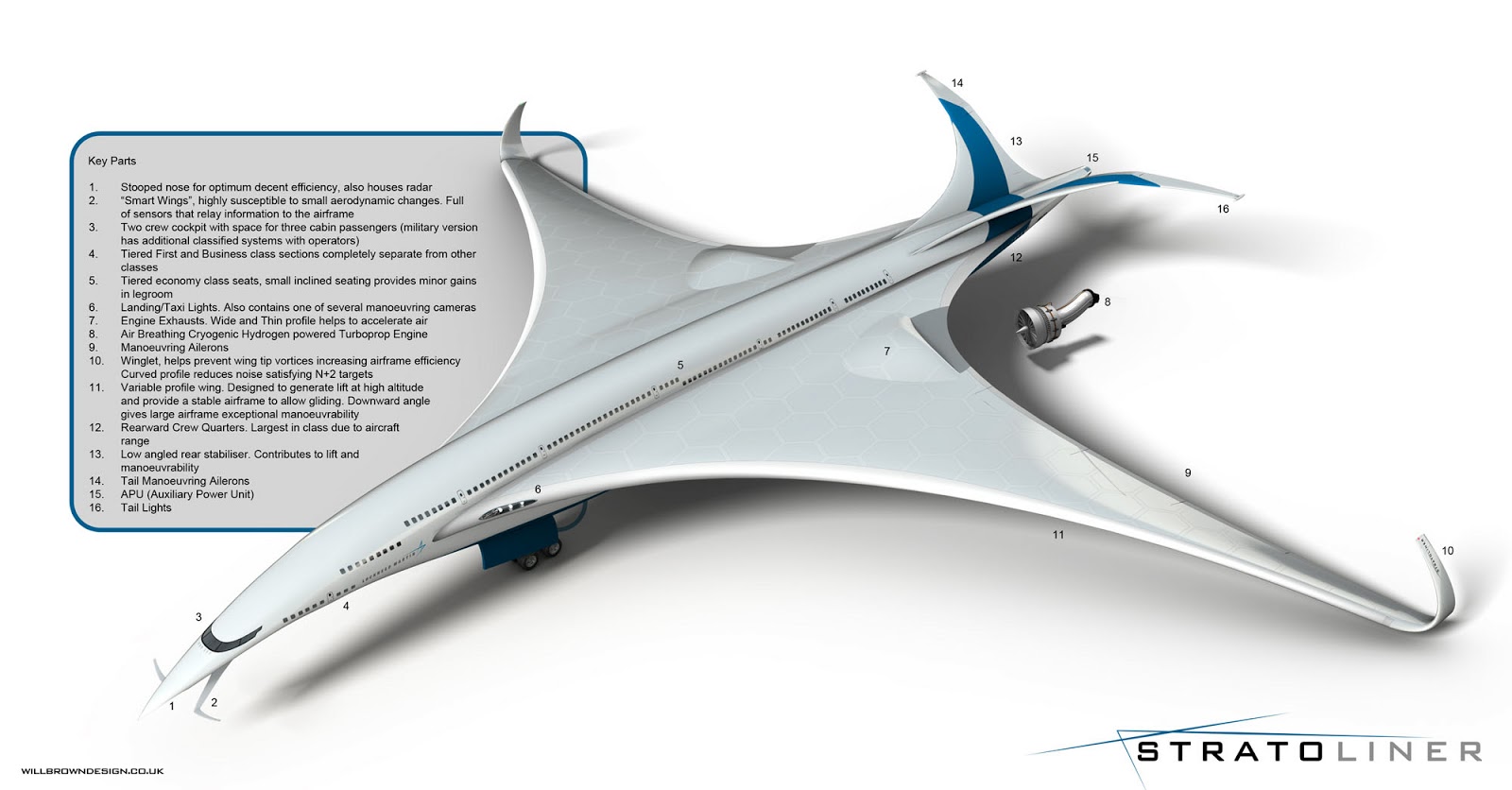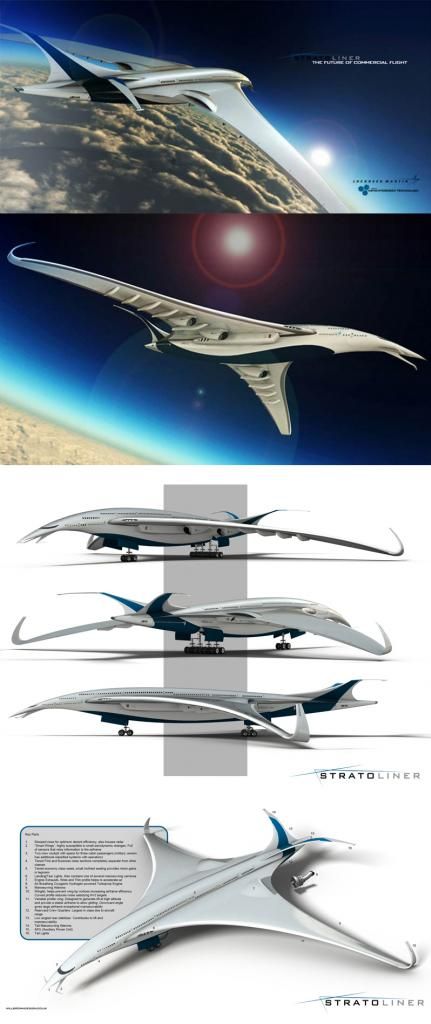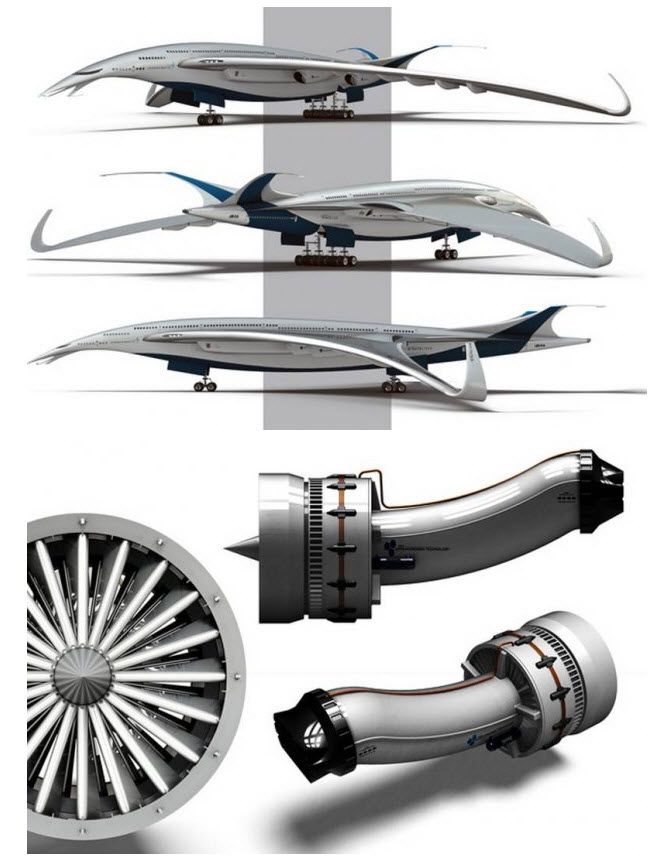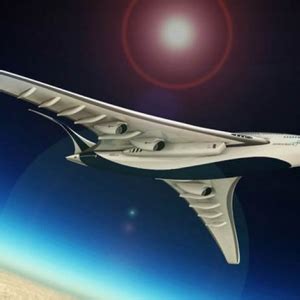Lockheed has released conceptual images of a new aircraft inspired the Bar-tailed Godwit, a bird that makes the longest known non-stop flight without stopping to feed (7,258 miles to be exact). The Stratoliner concept is said to boast an equally impressive range thanks to its hydrogen-powered engines.
The concept employs massive wings to generate gobs of lift, while its zero-emission engine system, comprised of four Cryogenic Hydrogen Turbofan engines, helps to maximize the Stratoliner’s range. Although Lockheed hasn’t given a specific distance, the company has said will be capable of circumnavigating the globe without the need to stop for fuel.
The design of this concept is just as interesting as the engines that propel it. Lockheed incorporated a sloping nose design, similar to the one used in the Concord, while the twin tail fins out back are borrowed from fighter jets.
It’s unclear whether Lockheed will make a hydrogen aircraft a reality anytime soon, but it certainly would help airlines save on fuel costs for those expensive transcontinental flights.






Leave a Reply